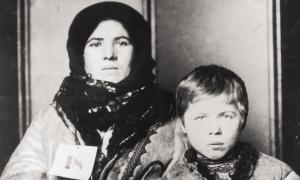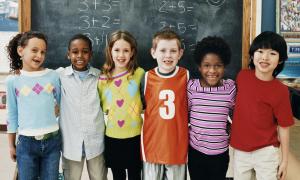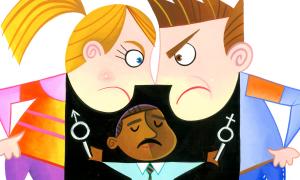article
1,121 Results
text
Informational
Anything We Love Can Be Saved (Introduction)
In this introduction, Alice Walker touches on ideas of activism, the strength of the individual, enlightenment, fear of being inferior and the conviction needed to embrace one's life.
July 7, 2014
article
An Educator’s Guide to the Immigration Debate

What you need to know to facilitate classroom conversation about this controversial topic.
article
article
article
Student Context Helps Resolve Conflict
The food justice unit was one of the most successful of the year. Until the meltdown. Students had watched Food, Inc., read several articles about food production and created masterful multimedia presentations on their learning. They were now presenting. Omar chose several pictures of his favorite dishes. He told us about them and how they were made. Then he interjected a seemingly innocent joke.
article
Classroom Activists: How Service-Learning Challenges Prejudice
This interview with teacher Lisa Weinbaum accompanies her Teaching Tolerance article "'At Risk' of Greatness."
article
Teaching the Inauguration
Struggling with how to address the upcoming inauguration in your classroom? Consider teaching about inaugural history.
article
Using the Super Bowl to Discuss Bias
With all the talk about Cam Newton’s celebrations—and less than a week to go before Super Bowl 50—educators can take advantage of this teachable moment.
article
Thanks to the “Singular ‘They’”

Activists and allies from a variety of identity groups work hard to dismantle exclusionary conceptions of gender. In the classroom, teachers have an opportunity to extend this work, one sentence at a time.

